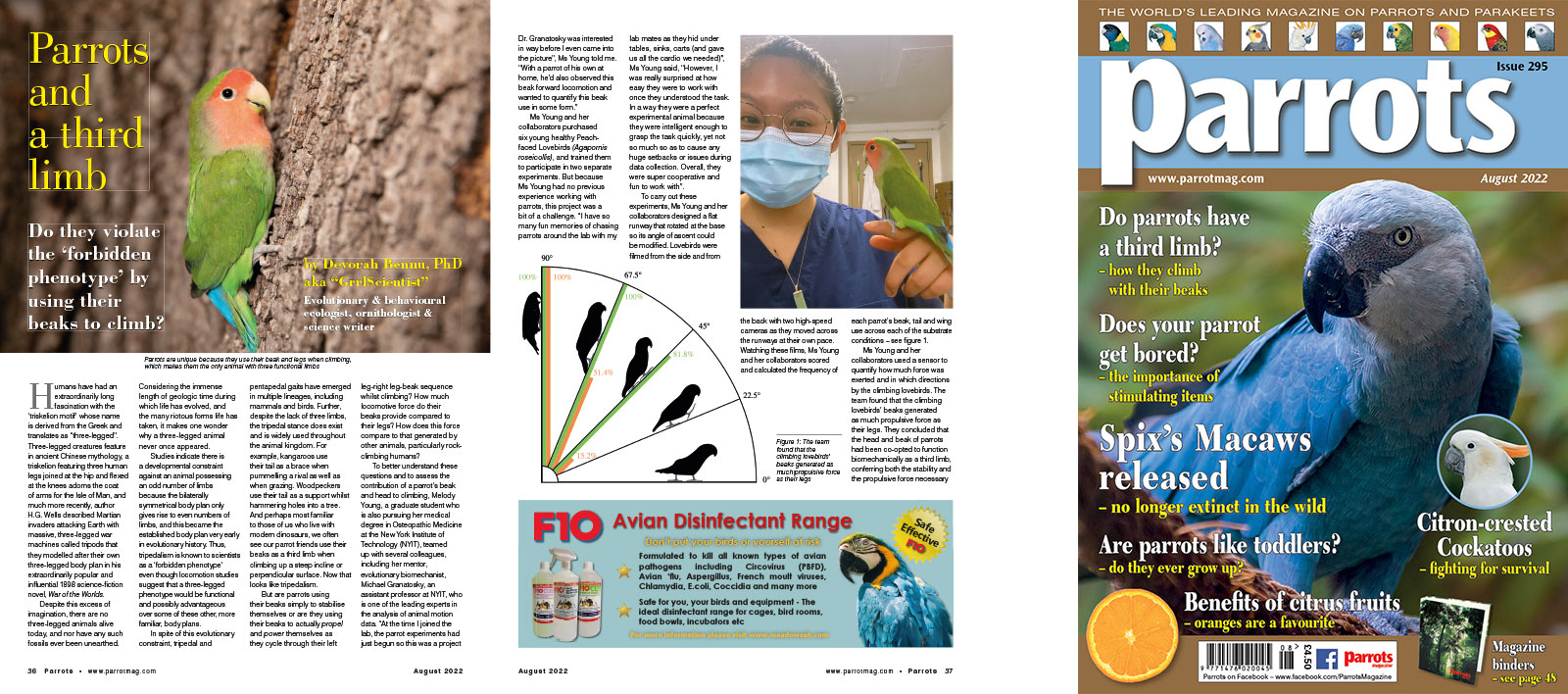
By Devorah Bennu, PhD, aka “GrrlScientist”
Humans have had an extraordinarily long fascination with the ‘triskelion motif’ whose name is derived from the Greek and translates as “three-legged”. Three-legged creatures feature in ancient Chinese mythology, a triskelion featuring three human legs joined at the hip and flexed at the knees adorns the coat of arms for the Isle of Man, and much more recently, author H.G. Wells described Martian invaders attacking Earth with massive, three-legged war machines called tripods that they modelled after their own three-legged body plan in his extraordinarily popular and influential 1898 science-fiction novel, War of the Worlds.
Despite this excess of imagination, there are no three-legged animals alive today, and nor have any such fossils ever been unearthed. Considering the immense length of geologic time during which life has evolved, and the many riotous forms life has taken, it makes one wonder why a three-legged animal never once appeared.
Studies indicate there is a developmental constraint against an animal possessing an odd number of limbs because the bilaterally symmetrical body plan only gives rise to even numbers of limbs, and this became the established body plan very early in evolutionary history. Thus, tripedalism is known to scientists as a ‘forbidden phenotype’ even though locomotion studies suggest that a three-legged phenotype would be functional and possibly advantageous over some of these other, more familiar, body plans.








Parrot Chat
Buyers Guides
Breeding articles